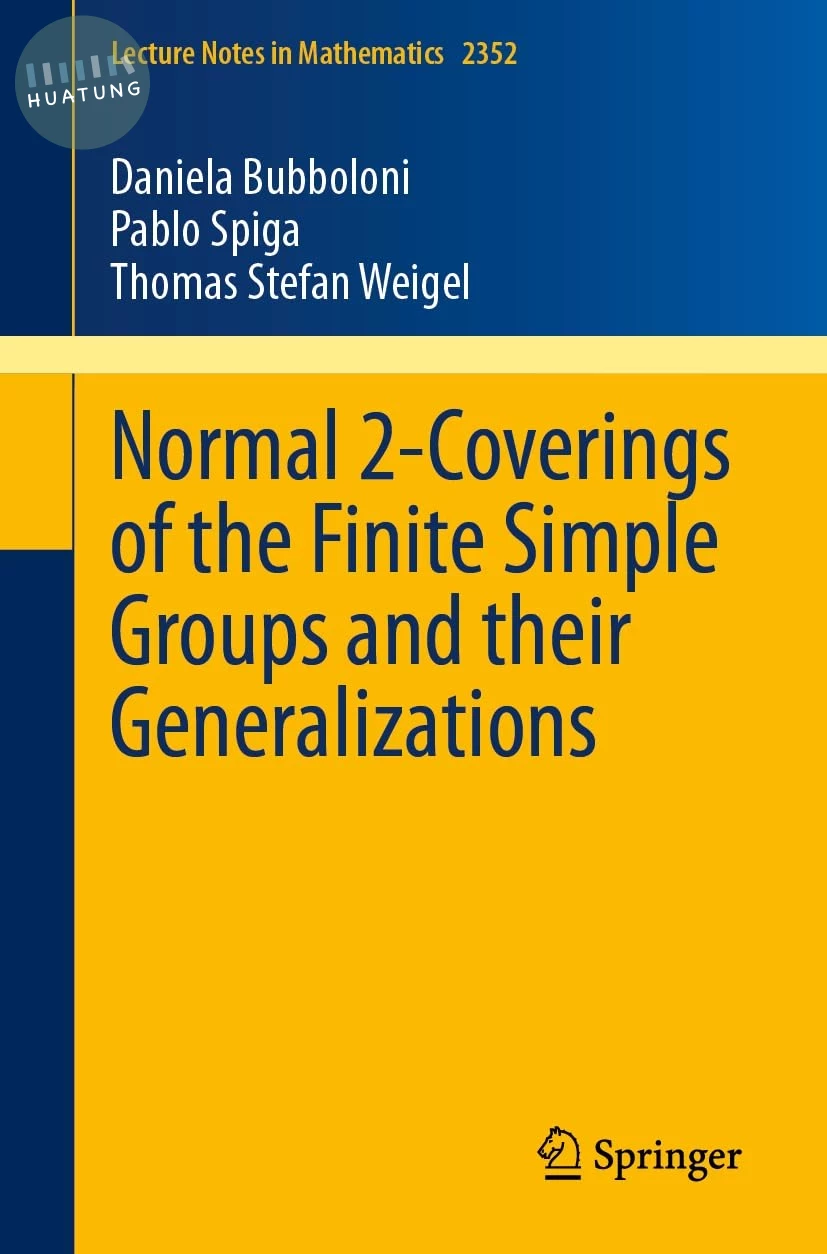
| 定價: | ||||
| 售價: | 1099元 | |||
| 庫存: | 已售完 | |||
| LINE US! | ||||
| 此書為本公司代理,目前已售完,有需要可以向line客服詢問進口動向 | ||||
| 付款方式: | 超商取貨付款 |

|
|
| 信用卡 |

|
||
| 線上轉帳 |

|
||
| 物流方式: | 超商取貨 | ||
| 宅配 | |||
| 門市自取 |
為您推薦

類似書籍推薦給您
【簡介】 DIntegral, reliable, and comprehensive guidance for chemists performing the complex syntheses required for the formation and cleavage of protective groups Organic synthesis is the preparation and creation of organic compounds for use in natural products, pharmaceuticals, and other molecules. The synthesis of molecules having multiple functional groups often requires the use of "protective groups" to achieve site selectivity in a chemical reaction within a molecule bearing multiple sites of reactivity. Protective groups are installed temporarily to prevent unwanted reactions at a particular site, while transforming a different functional group. Once they have served their function, they are removed to expose the original group. Without a thorough understanding of the methods required to install and remove them, the design of a synthesis of a molecule having multiple functional groups in most cases is effectively impossible. Greene’s Protective Groups in Organic Synthesis, 6th Edition is the definitive compilation of protective groups, their classification, and their application in a wide array of situations. With a long tradition of comprehensive coverage, organized on the basis of the functional group in need of protection and subsequent deprotection, it is an essential reference and resource for all chemists involved in organic syntheses. Now fully updated to reflect the current state of the art, it remains an indispensable resource for generating life-changing organic products. This edition contains a new chapter on how protective groups effect reactivity and selectivity in carbohydrate chemistry. Readers of the sixth edition of Greene’s Protective Groups in Organic Synthesis will also find: Methodology for planning selectivity in organic synthesesDetailed discussion of all major functional groups including ethers, amides, and phenolsA discussion of the impact of protective groups on reactivity in carbohydratesGreene’s Protective Groups in Organic Synthesis is ideal for synthetic organic chemists or medicinal chemists in academia, industry--pharmaceuticals, food, agrochemicals, and biotech--or government agencies.

類似書籍推薦給您

類似書籍推薦給您
This book lays the foundation for a theory of coarse groups: namely, sets with operations that satisfy the group axioms “up to uniformly bounded error”. These structures are the group objects in the category of coarse spaces, and arise naturally as approximate subgroups, or as coarse kernels. The first aim is to provide a standard entry-level introduction to coarse groups. Extra care has been taken to give a detailed, self-contained and accessible account of the theory. The second aim is to quickly bring the reader to the forefront of research. This is easily accomplished, as the subject is still young, and even basic questions remain unanswered. Reflecting its dual purpose, the book is divided into two parts. The first part covers the fundamentals of coarse groups and their actions. Here the theory of coarse homomorphisms, quotients and subgroups is developed, with proofs of coarse versions of the isomorphism theorems, and it is shown how coarse actions are related to fundamental aspects of geometric group theory. The second part, which is less self-contained, is an invitation to further research, where each thread leads to open questions of varying depth and difficulty. Among other topics, it explores coarse group structures on set-groups, groups of coarse automorphisms and spaces of controlled maps. The main focus is on connections between the theory of coarse groups and classical subjects, including: number theory; the study of bi-invariant metrics on groups; quasimorphisms and stable commutator length; groups of outer automorphisms; and topological groups and their actions. The book will primarily be of interest to researchers and graduate students in geometric group theory, topology, category theory and functional analysis, but some parts will also be accessible to advanced undergraduates.